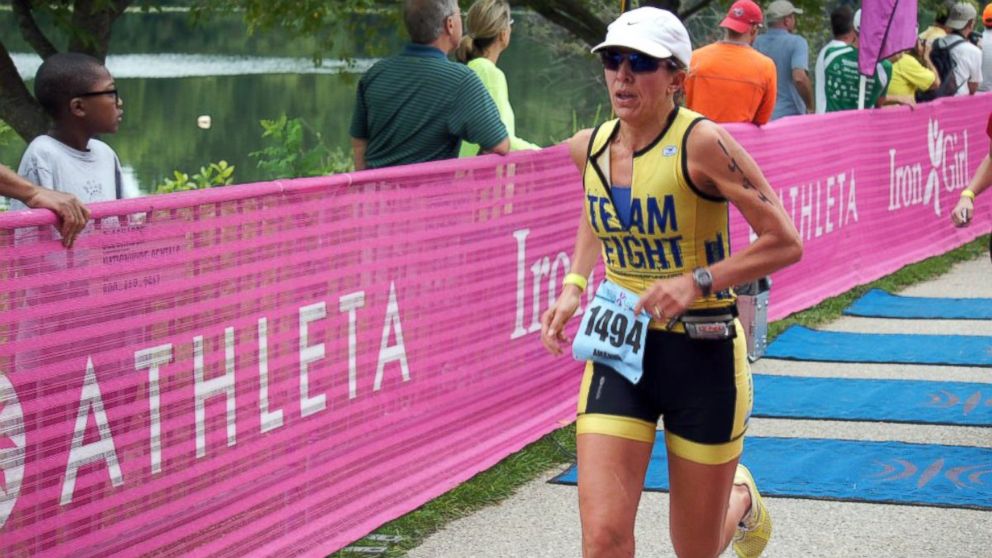Why Stretching Is a Waste of Time for Runners
— -- After years of nursing a perpetual hip injury, 48-year-old Amanda Loudin finally stopped doing the one thing she always believed would help her the most: Stretching. Once she abandoned her post-run stretch session, she said her hip started feeling better.
"I always assumed stretching was part of the solution for my running injuries," said Loudin, a Baltimore writer who runs 45 to 60 miles a week. "But after doing my research, I realized I was probably doing more harm than good."
Loudin gave up stretching a few years ago but for the majority of runners, toe touches and quad stretches are still an integral part of their ritual. Most were taught in high school that reaching into a stretch and holding it for 30 seconds or so is a good way to preserve the joints and prevent injury.
The evidence, however, suggests otherwise.
Take, for example, a large analysis of multiple studies recently performed by scientists at the Centers of Disease Control and Prevention. It found that runners who stretched were just as likely to be plagued with injuries as those who never bothered. Another study that looked at more than 1,500 serious male marathoners found that those who stretched on a regular basis -- whether before or after a run -- actually had 33 percent more injuries than those who didn't, even taking things like age and average weekly mileage into account.
Even worse, some studies suggest that stretching may be detrimental to performance. A 2010 Florida State University investigation found that trained distance runners who did a series of static stretches before a time trial wasted about 5 percent more energy and covered 3 percent less distance than runners who didn't stretch.
"Your tendons don't need to be that pliable for running," said Jason Karp, an exercise physiologist and running coach based in San Diego. "Most injuries are from the pounding of running, something stretching can't do much about."
Karp explained that since most common running injuries tend to occur within a muscle's normal range of motion, attempting to stretch past what a muscle can normally do offers no protection. And forcing the muscle to lengthen to the point of pain will likely cause it to tighten up rather than relax. This in turn can irritate the muscle fibers, exacerbating an injury and possibly causing it to linger, he speculated.
Karp explained that the very idea that runners should be chasing flexibility is somewhat questionable anyway.
"The only thing stretching might be good for is increasing stride length and running fluidity, something that might be helpful to older runners," he said.
But Jim Wharton, a New York-based exercise physiologist who has worked with Olympians and world record holders, said he thought runners do need to focus on flexibility -- but in a very specific way.
"If you don't have joint range of motion, you begin to fight against gravity and you start to shuffle," Wharton said, adding that part of the problem is that most exercisers stretch the wrong way.
"Because muscles work in pairs, the best way to get a muscle to relax is to first tighten the muscle on the opposite side of the joint," Wharton explained. "Instead of moving into a stretch and holding it, you gently move through a series of positions, isolating one muscle group at a time."




